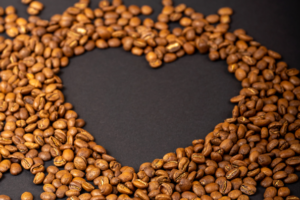
Kā atšķirt labu kafiju no sliktas kafijas?
Kafija pasaulē ir viens no populārākajiem dzērieniem, taču tās kvalitāte var ļoti atšķirties. Viena kafija ir aromātiska, tīra un patīkama, bet cita rūgta, plakana vai
Decaffeinated coffee is the perfect choice for people who want the taste of coffee but don't want the stimulating effects of caffeine. Although coffee beans usually contain caffeine, decaffeinated coffee is made using a variety of methods to remove this substance while preserving the bean's flavour and aroma. Let's take a look at how decaffeinated coffee beans are produced and the main methods.
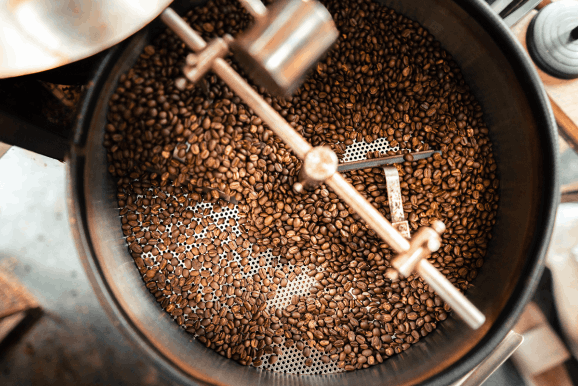
This is one of the most popular methods for processing decaffeinated coffee beans. It is chemically free and environmentally friendly. In this process, the beans are soaked in water to dissolve the caffeine. The coffee liquid is then filtered through carbon filters, which remove the caffeine but retain most of the aroma and flavour of the coffee beans. This method is used to ensure that the coffee retains its natural flavour.
This process uses organic solvents such as ethyl acetate or methyl chloride to dissolve the caffeine from the coffee beans. The beans are moistened and then exposed to a solvent that removes the caffeine. The beans are then washed thoroughly to remove any remaining solvents. This method is effective and widely used, but some coffee lovers prefer natural methods.
This method uses supercritical carbon, which is carbon dioxide that is heated and compressed to a temperature and pressure that gives it both liquid and gaseous properties. This CO2 'washes' the coffee beans, destroying the caffeine but preserving the beans' flavour and aroma. This method is considered to be very effective and safe, but it is also more expensive.
After the caffeine is removed from the beans, they are roasted to produce the final product - decaffeinated coffee. The roasting process is very important to preserve the flavour of the coffee. The coffee beans are exposed to high temperatures that develop their flavour and aroma, and it is at this stage that the specific nuances of each coffee variety are adapted.
Decaffeinated coffee beans are roasted in the same way as regular coffee beans, with different flavours depending on the level of roasting. The beans can be slightly milder or more pronounced, depending on the roasting method and the coffee variety used.
After processing and roasting, the decaffeinated coffee beans are subjected to quality control. Producers carry out frequent tests to make sure that the coffee retains its high quality and taste and that all production standards are met.
Decaffeinated coffee may retain much of its normal flavour, but in some cases, due to the decaffeination process, it may be slightly milder or similar to other coffees, such as milk or chocolate in tone.
The production process of decaffeinated coffee beans is meticulous and technologically advanced to ensure that the coffee retains its high quality and flavour while removing caffeine. Whatever the method used, decaffeinated coffee offers a great way to enjoy coffee drinks without the effects of caffeine on the body.

Kafija pasaulē ir viens no populārākajiem dzērieniem, taču tās kvalitāte var ļoti atšķirties. Viena kafija ir aromātiska, tīra un patīkama, bet cita rūgta, plakana vai
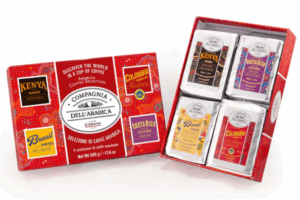
Ir tas gada brīdis, kad visi izliekamies, ka dāvanu izvēle ir “tik patīkams process”. Protams. Realitātē tu, visticamāk, klīsti starp bezpersoniskiem komplektiem un aromatizētu ziepju

Kafijas pasaule ir daudzveidīga, un viena no īpašām kafijām ir bezkofeīna kafija. Ja vēlies uzzināt vairāk par kafiju bez kofeīna, tās ražošanas procesu un ieguvumiem

Vai meklē jaunas brokastu idejas vai kādu gardu recepti ar kafiju, kas pārsteigs gan ģimeni, gan viesus? Tad šī kafijas pankūku recepte noteikti kļūs par
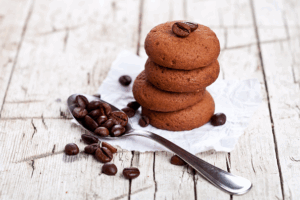
Vai mīli kafiju tik ļoti, ka gribētu to pievienot to arī desertam? Tad šis raksts ir tieši tev. Šodien piedāvājam piecas vienkāršas,ātri pagatvojamas un gardas

Kafija daudziem ir kā rīta glābējs , tā ir aromātiska, uzmundrinoša un iedvesmojoša. Tā palīdz sākt dienu ar skaidru prātu, paceļ garastāvokli un veicina produktivitāti.

Kafija ir ikdienas rituāls, kas palīdz pamosties, sakārtot domas un sagatavoties dienai. Taču ne vienmēr kafijas tase izdodas perfekta. Dažkārt tā garšo pārāk rūgti, citreiz
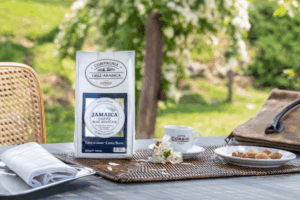
Jamaikas Zilo kalnu kafija, pazīstama arī kā “Jamaica Blue Mountain” vai “JBM”, jau gadsimtiem tiek vērtēta kā viena no izcilākajām kafijas šķirnēm pasaulē. To audzē
Pieraksties akcijām un jaunumiem
saņem 10% atlaidi pirmajam pirkumam
